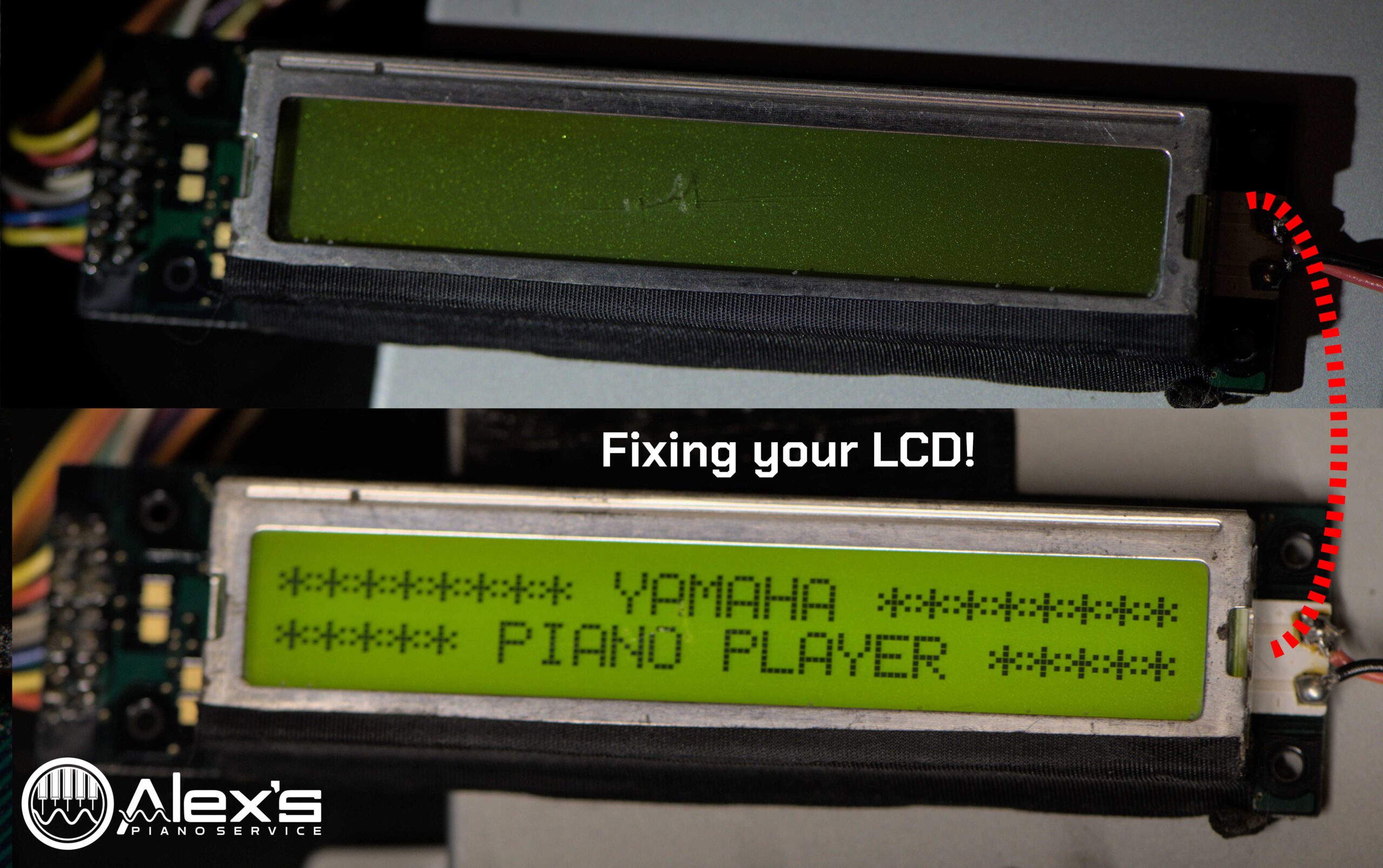Replacing your Blank LCD Screen in Earlier Disklaviers
A blank LCD screen can render your Yamaha MX100II Disklavier nearly unusable. You can replace these with brand-new LCD screens, which are still available. In the MX100II and DKC5R, this is Yamaha Part #VN635201. The screens are available on Yamaha 24×7, or for a bit cheaper on SynthParts. But the issue is often fixable with … Read more
